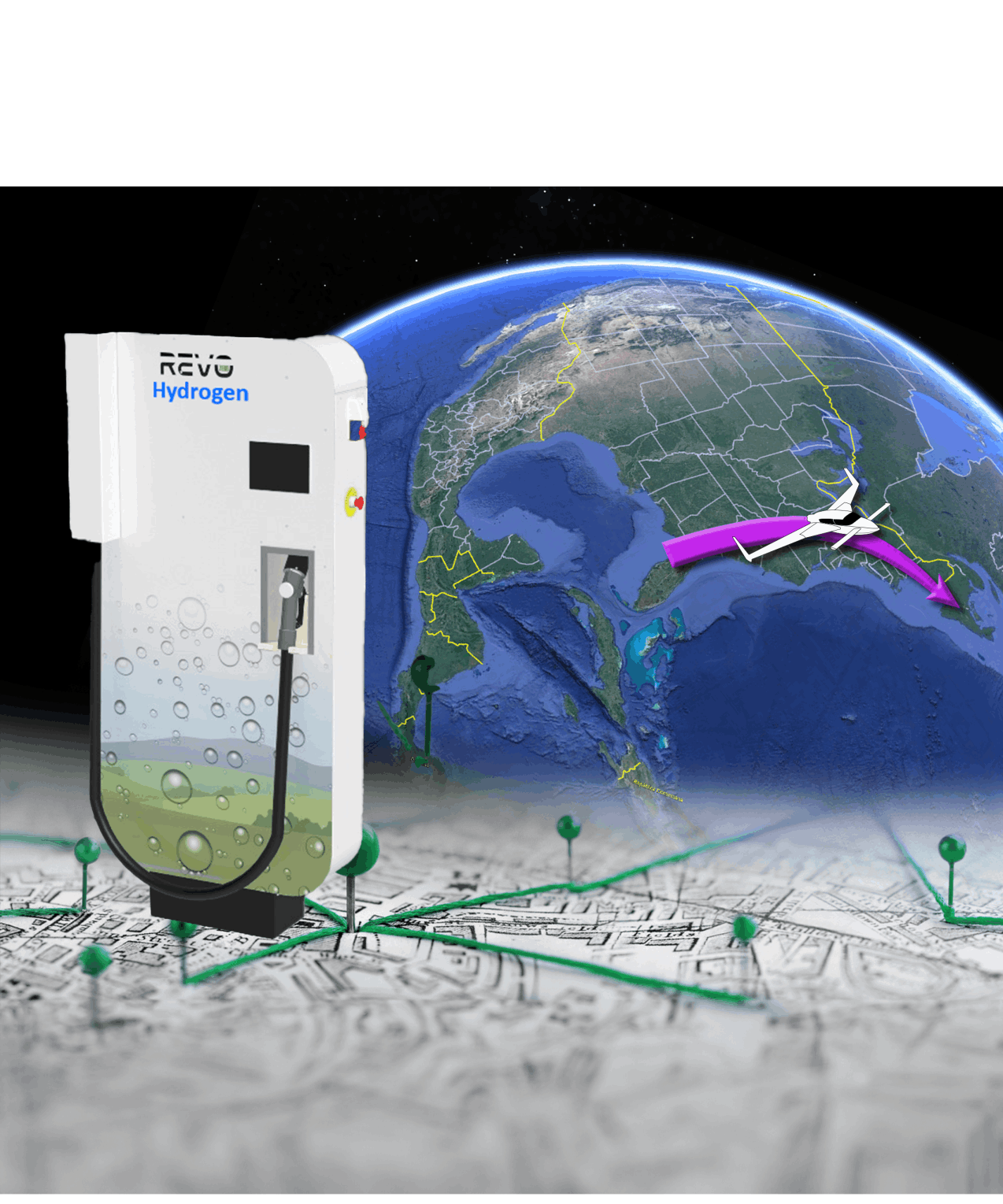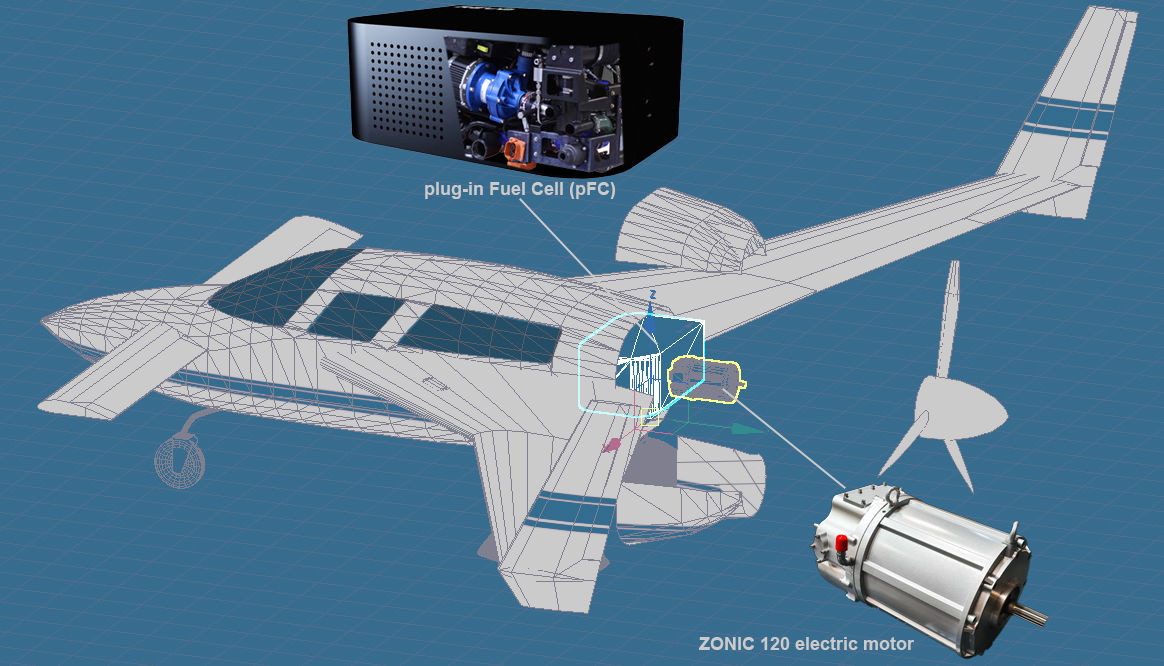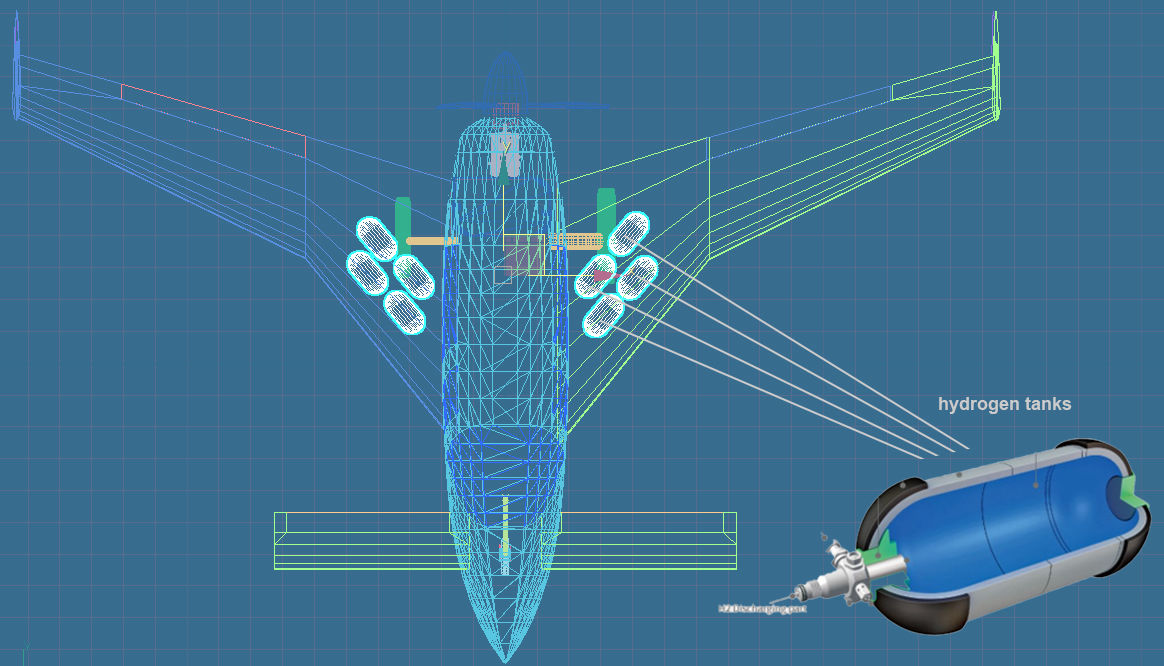trip
The public´s acceptance of the next step in the evolution of a technology happens by demonstrating that the new one is as practical and safe as the well-established one. In essence, the practicality and safety of new technology are the cornerstones upon which successful adoption and integration into society are built.
General Aviation pilots plan long-trip missions with passengers, cargo, and fuel stops every day; the only way to show zero-emissions flights is a real alternative. We need to demonstrate that we can mimic the same type of mission if we want one-day zero-emissions flying to be accepted.
Like the Wright brothers, we chose the United States East Coast for our project. The first longest zero-emissions flying trip, but this time, we will travel from the South to the North. The primary objective of this historic flying trip is to showcase the practicality of the long-range trip capabilities of hydrogen-powered aircraft. However, the success of a long-distance hydrogen-powered flight requires a robust hydrogen infrastructure, and that is as critical as the airplane itself.
Hydrogen infrastructure is being deployed across airports in the United States. That infrastructure is the foundation for the future of hydrogen zero-emissions and is key to the success of our mission.
A journey of this magnitude captures the imagination and interest of the public. It provides a platform to educate and engage with communities and showcase the potential benefits of hydrogen as a clean energy source for aviation. By fostering awareness and garnering public support, this endeavor contributes to the wider adoption of hydrogen-powered flight and promotes a collective commitment to clean our environment.







